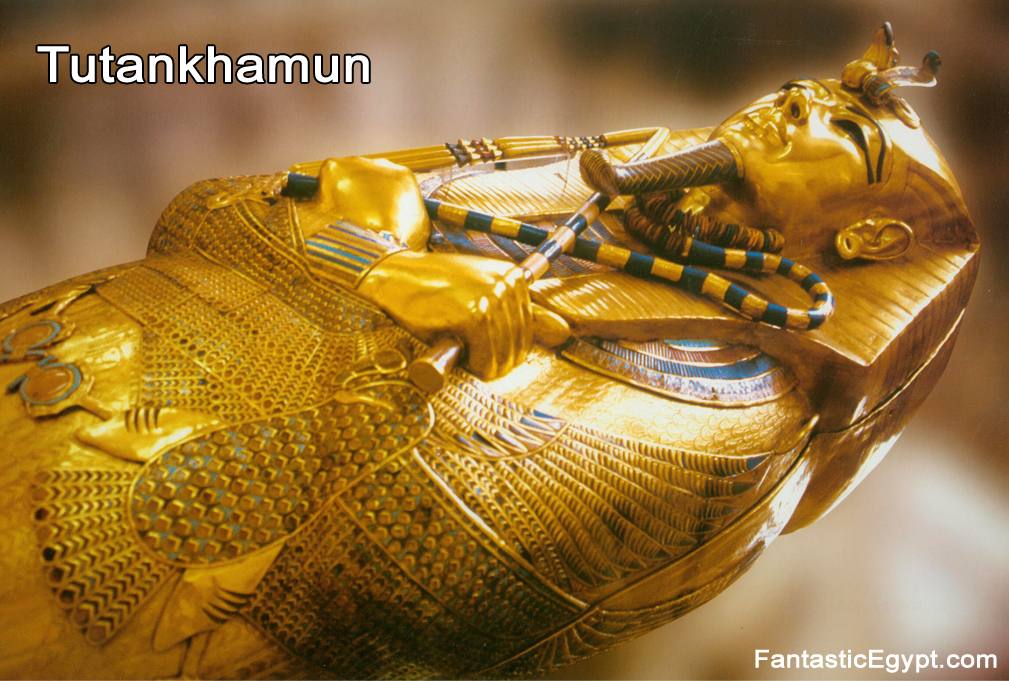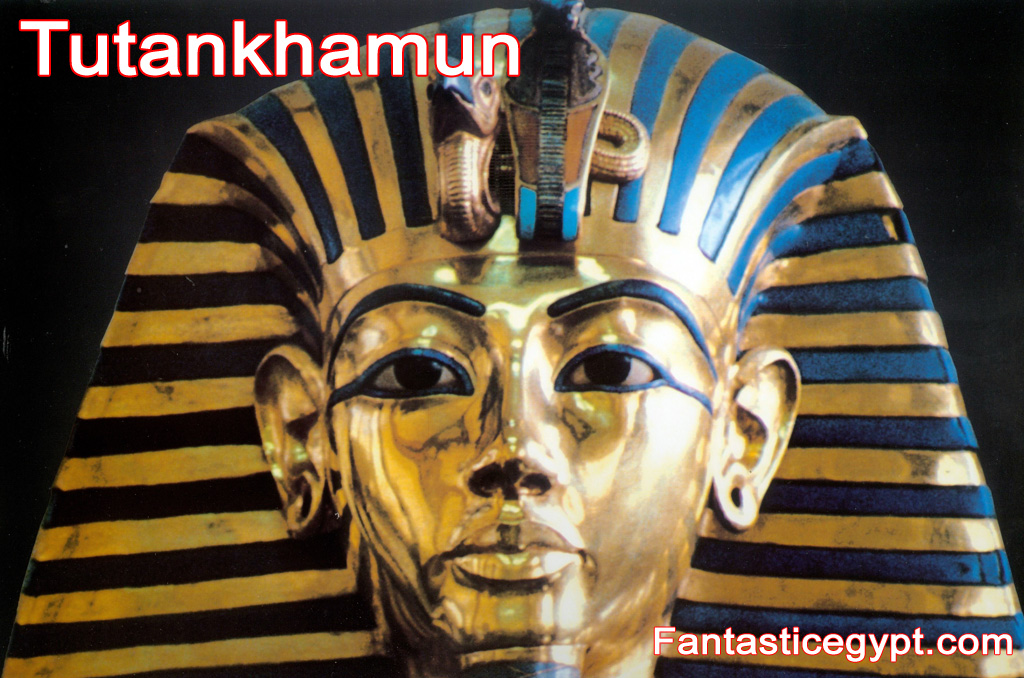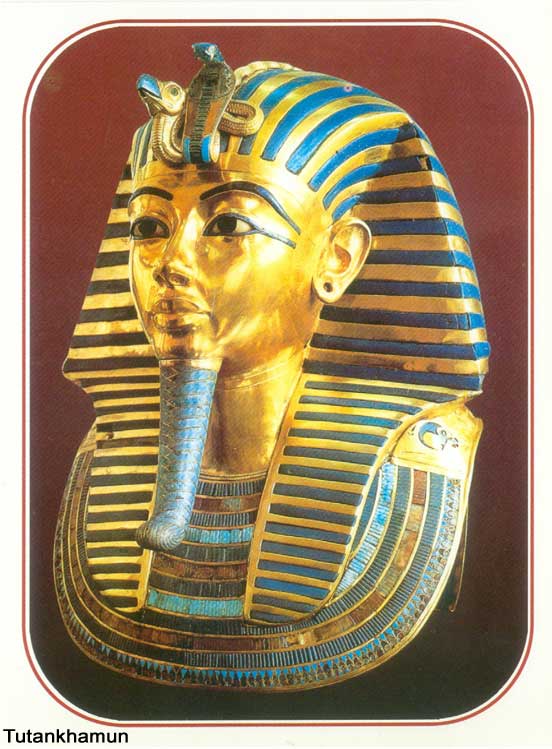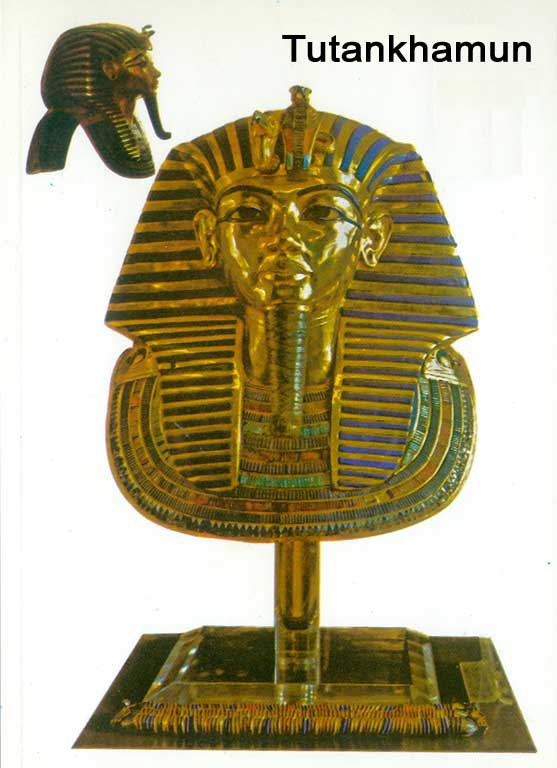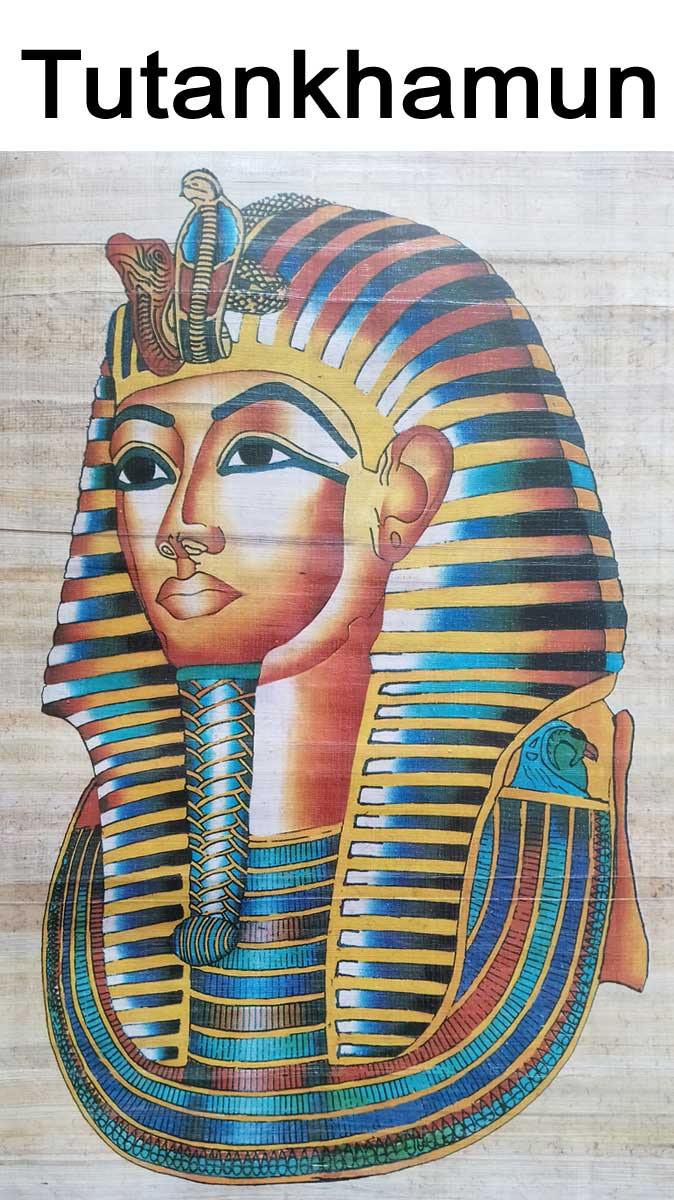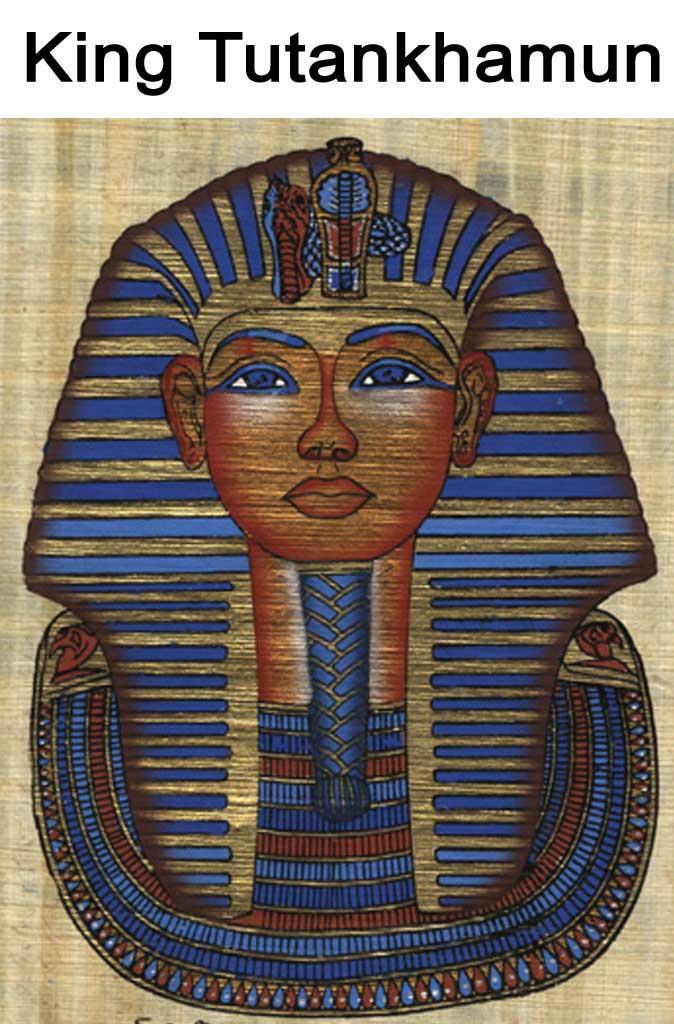Tutankhamun
Tutankhamun became pharaoh around the age of nine during Egypt’s 18th Dynasty. Despite his youth, he inherited a kingdom that had undergone dramatic changes due to his predecessor Akhenaten’s religious reforms. Tutankhamun reversed these changes, restoring worship of Egypt’s traditional gods, particularly Amun. His reign lasted less than a decade, but his impact was significant, symbolizing a return to stability.
Tutankhamun
King Tutankhamun
King of Tutankhamun
King Tut King Tut
King Tut Tut
King Tut Tutankhamun
King Tutankhamun
King Tutankhamun’s fame is not only tied to his rule but also to the spectacular discovery of his tomb in 1922 by Howard Carter. This archaeological breakthrough revealed thousands of artifacts, from golden thrones to everyday items, all preserved for over 3,000 years. The discovery captured the world’s imagination and made “King Tut” a household name, elevating him above many other pharaohs in global recognition.
King of Tutankhamun
The title “King of Tutankhamun” highlights his dual role as both a political and spiritual leader. Ancient Egyptians believed their pharaohs were divine intermediaries between the gods and the people. Although Tutankhamun’s reign was short, his authority carried immense weight, especially in the restoration of temples and traditional worship practices that defined Egypt’s identity for centuries.
Tutankhamun
King Tutankhamun
King of Tutankhamun
King Tut King Tut
King Tut Tut
King Tut Tutankhamun
King Tut King Tut
The repeated phrase “King Tut King Tut” reflects the global fascination with his legacy. In the 20th century, the treasures of Tutankhamun traveled the world through museum exhibitions, attracting millions of visitors. These tours introduced countless people to Ancient Egypt’s artistry, craftsmanship, and spiritual beliefs, making Tutankhamun a cultural icon beyond academic history.
King Tut Tut
“King Tut Tut” is more than a nickname; it symbolizes how deeply this young pharaoh has entered popular culture. From textbooks to documentaries, Tutankhamun’s name appears everywhere. His story represents the mystery and allure of Ancient Egypt—a civilization that continues to inspire awe through its monumental achievements and enigmatic rulers.
King Tut Tutankhamun
Combining both his nickname and royal name, “King Tut Tutankhamun” underscores the balance between myth and history. His tomb remains one of the most important archaeological finds ever made, offering a rare glimpse into royal life and death. Even today, ongoing research and technological studies of his mummy continue to shed light on his health, lineage, and the mysteries of his untimely death.
Tutankhamun
King Tutankhamun
King of Tutankhamun
King Tut King Tut
King Tut Tut
King Tut Tutankhamun
Conclusion
Tutankhamun’s reign may have been short, but his legacy is eternal. His tomb gave the modern world a time capsule of Ancient Egyptian life, religion, and artistry. As scholars continue to study his life and artifacts, Tutankhamun remains a powerful symbol of Egypt’s enduring civilization. For further information, visit this resource on Tutankhamun at Britannica.
Frequently Asked Questions
Who was Tutankhamun?
Tutankhamun was a boy king who ruled Egypt during the 18th Dynasty. His nearly intact tomb made him world-famous.
Why is King Tutankhamun famous?
He is famous because his tomb was discovered filled with treasures, offering unique insights into Ancient Egypt.
How did Tutankhamun die?
The exact cause of death is debated, with theories including illness, accident, or genetic conditions.
Where is Tutankhamun’s tomb?
His tomb lies in the Valley of the Kings, near Luxor, Egypt, and was discovered by Howard Carter in 1922.

